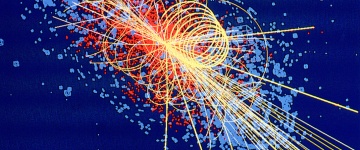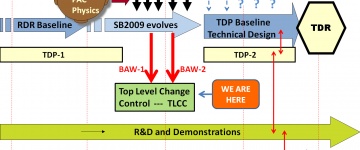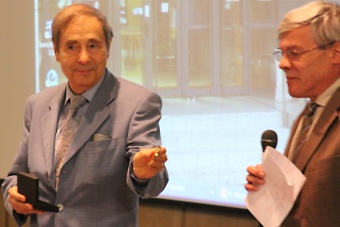Image of the week
Michel Davier receives 2010 André Lagarrigue PrizeMichel Davier receives the 2010 André Lagarrigue Prize from Martial Ducloy, president of the French Physical Society, on 26 April at the Linear Accelerator Laboratory in Orsay, France. |
In the News
-
from BBC News26 April 2011It is the most complex space physics experiment ever built, and it will launch on shuttle Endeavour this week.
-
from Ars Technica25 April 2011The RHIC is back in the news today, as one of its detectors has found evidence of the production of anti-helium-4 nuclei. The rates at which these particles were produced, however, suggests that we won’t be seeing anti-nuclei of any greater complexity anytime soon.
-
from Guardian24 April 2011Scientists in the US produced a clutch of antihelium particles, the antimatter equivalents of the helium nucleus, after smashing gold ions together nearly 1bn times at close to the speed of light.
-
from Bay News 921 April 2011It’s fitting shuttle Endeavour’s final mission is once again to the International Space Station, as its cargo includes a tool to find potential origins of the universe.
-
from KPNW radio (Eugene)22 March 2011Listen to an interview with Brian Foster that aired on 22 March on KPNW, during ALCPG11 in Eugene, Oregon, US, and learn about particle physics, extra dimensions, linear colliders and particle slams.
Copyright © 2026 ILC International Development Team




